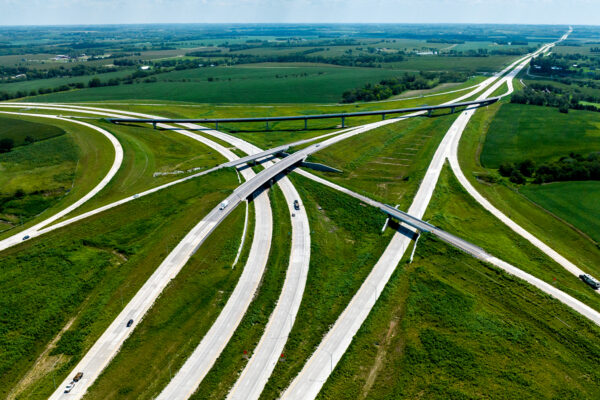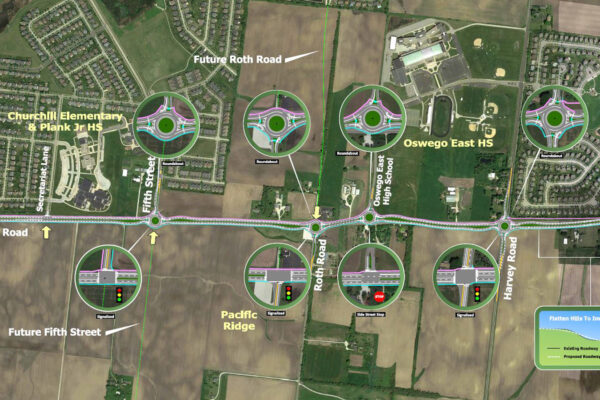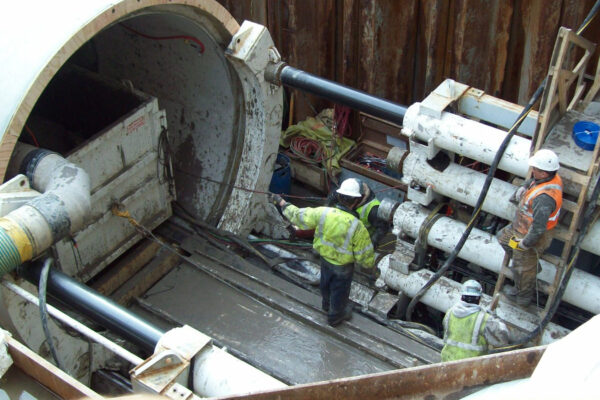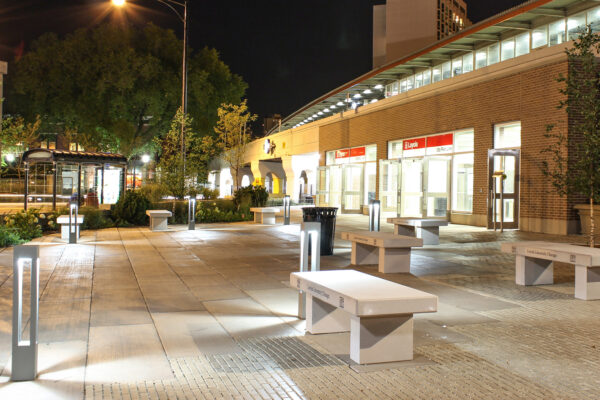Chicago Streets for Cycling
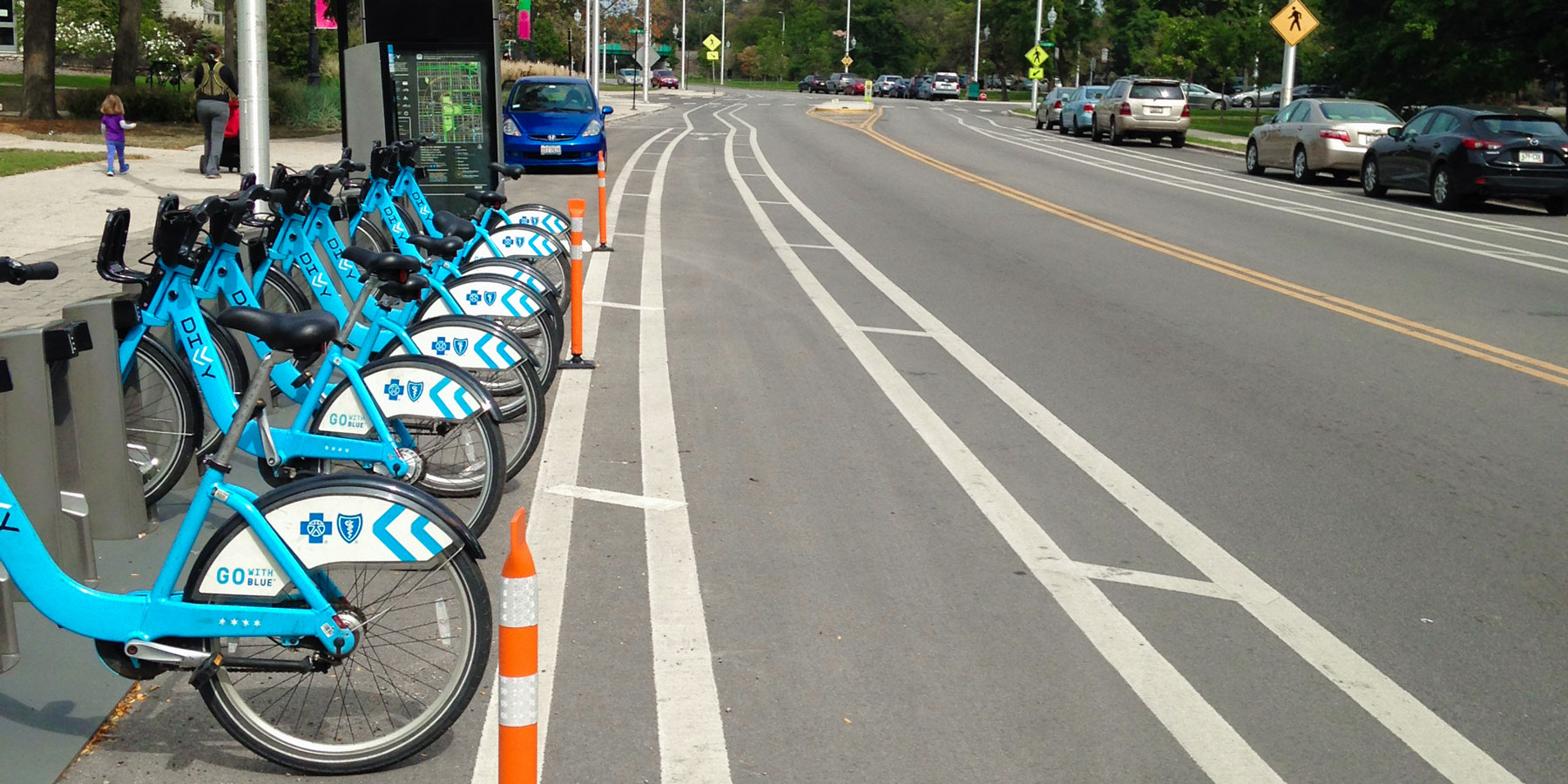
The City of Chicago sought to create a world-class bike network and increase cycling by installing 100 miles of protected bike lanes. The Chicago Streets for Cycling Plan identifies a 645-mile network of on-street bikeways to encourage Chicagoans to ride their bikes.
Benesch assisted the Chicago Department of Transportation (CDOT) in meeting this goal by providing preliminary and final engineering services for approximately 25 miles of buffered and protected bike lane improvements at 25 various locations throughout the City. Following a “Complete Streets” design philosophy, the project examined potential mobility and safety improvements for pedestrians, buses and vehicles as part of the bike-lane initiative.
Due to the accelerated schedule, Benesch adopted a unique and innovative project approach to quickly assess the survey and traffic data requirements for each individual project segment and then developed a schedule that allowed all 18 individual design projects to proceed in parallel. The draft National Environmental Policy Act (NEPA) Categorical Exclusion document and preliminary engineering plans for the first 15 miles were completed and submitted to the Illinois Department of Transportation (IDOT) in 10 weeks. The set of projects involved protected and buffered bicycle facilities.
Several corridors included potential lane configuration changes, parking controls (road diets) and auxiliary turn lanes. Preliminary engineering tasks included intersection and corridor traffic studies consisting of intersection turning movement counts, lane utilization and queuing studies.
Benesch created Synchro/SimTraffic models to analyze the data and develop recommendations to accommodate bike facilities and improve operations for all modes. Consideration of changes to parking and bus stop locations was a key component of the project. A crash analysis of fatal and injury crashes for all modes was conducted resulting in design elements to specifically improve safety.
As part of CDOT’s efforts to create a network of neighborhood on-street bikeways, Benesch also designed approximately seven miles of bike lanes and neighborhood greenways. This included preliminary phasing and NEPA documents for the CMAQ-funded project. Improvements included bike lanes, traffic calming circles, raised medians, raised crosswalks, bicycle-friendly speed humps, curb extensions and bump-outs, and a park path connection to regional trails.

